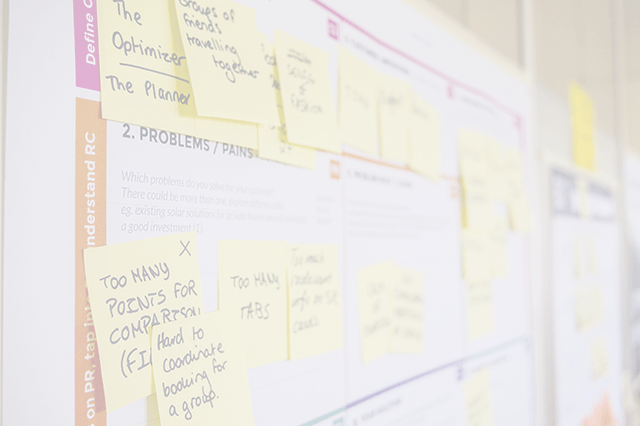Diversity
Diversity in Agile helps reduce the risk of problems created through cognitive and other biases, by ensuring the Scrum team has access to a wider range of ideas.
We all suffer unintentional biases sometimes. This isn’t because we’re bad people - it comes from our personal experiences and the environments we have lived in. As a result, we might make assumptions that don’t fit reality. If we do that, we build poor products. For example:
- Facial recognition software recognizes white men well and black women not so much
- Google’s photo recognition software tagged black people as gorillas and monkeys
- Apple HealthKit in 2014 recorded blood pressure, but failed to take into account women’s menstrual cycles
Clearly the above examples are unacceptable and offensive, even when unintended. A diverse group would have a wider range of experiences and references, so would be better at noticing different things – usually sooner (before they become public embarrassment), or avoiding them completely. The benefits of diversity don’t stop at having different ideas. Once shared, the ideas can be recombined to create new solutions to problems. This is so powerful, the design firm IDEO has built it into the way they work: “great design is best accomplished through the creative friction of diverse teams and not the solitary pursuit of brilliant individuals”.
Cross-functional Agile teams build in a degree of diversity automatically by mixing people across skill areas. However, that alone isn’t enough if the team members all have similar education and backgrounds. What we often miss is cognitive diversity. This comes from many sources including personal background, interests and life experience. A parent of young kids will notice different things than a younger, single colleague will. Someone who grew up in a grittier Toronto neighbourhood will see things that a suburban dweller doesn’t.
There are, of course, risks. Diverse groups might have problems with both inclusion and conflict.
Inclusion – Let’s imagine that you hire someone new because you recognized that your team lacked diversity. They join the team and, after the first week where everyone makes an effort, you see that this person isn’t naturally included in the team’s conversations. Even when they are included, the language has a shorthand that doesn’t make sense to them.
People aren’t necessarily being rude. When a new team member has a different communication style, sometimes it’s easier to ignore the disconnect than work through the differences. In addition, a team that has worked together for some time won’t even notice that their conversation is sprinkled with things that don’t make sense to an outsider. Consider revisiting the team’s Working Agreements to address inclusivity, revisit psychological safety, and perhaps run a survey to sense the current level of safety. You can also try changing activities in the events and meetings to give equal voice and, finally, conducting one-on-ones with people who might start to bridge the gap.
Conflict - People who frequently express different opinions can create conflict. This is much easier to solve if the preventative work is done upfront. We need to create an environment with an emphasis on Psychological Safety, and create working agreements around taking the time to understand other people’s ideas before critiquing them. When the conflict comes from a difference in perspective or understanding, I ask the people with strong opinions to take the time to explain the other person’s idea back to them. This works on two levels. First, it proves that you understood their idea well enough to explain. More importantly, when we have to explain someone else’s idea/perspective, we take time to empathize with their position. Often in doing so, we change our own thinking.
When trying to increase diversity, hire or select, not for cultural fit, but for people who can bring new ideas or understanding to the team. Increasing diversity is clearly the right thing to do from a human perspective, and I hope we can see that it creates better Scrum teams as well if we’re prepared to deal with the challenges.
Resource Links
- Building the Emotional Intelligence of Groups
- Leveraging Diversity to Enhance Cybersecurity
- When Diversity Delivers—and When It Doesn’t
- Why thought diversity is important for agile teams
Examples of how it helped:
- The impact of diversity on agile organizations
- Why diversity in teams is the key to customer success
